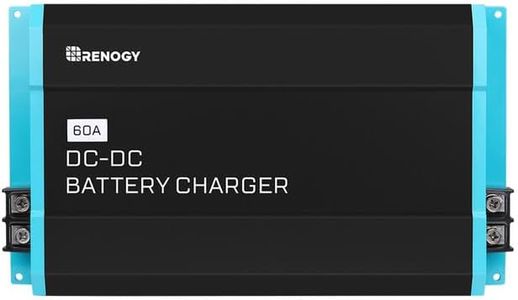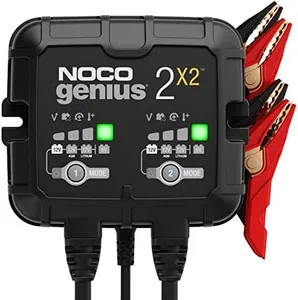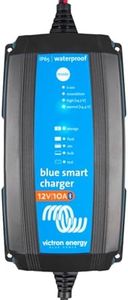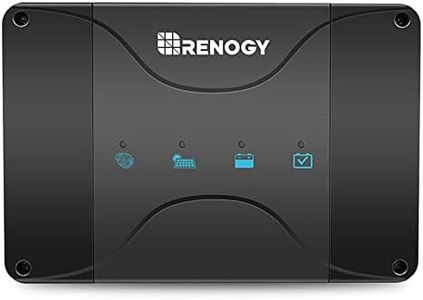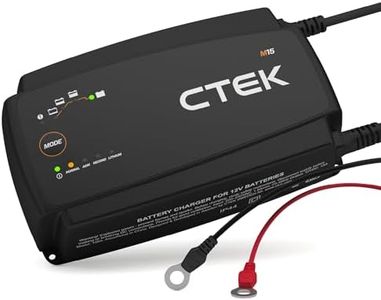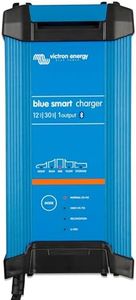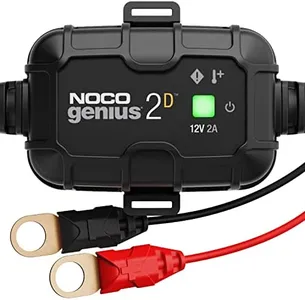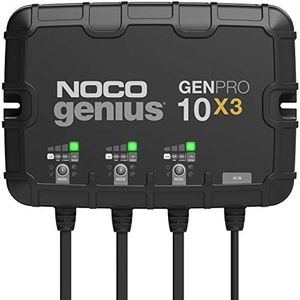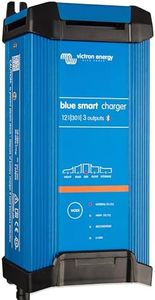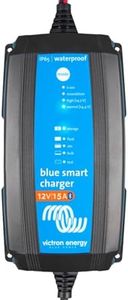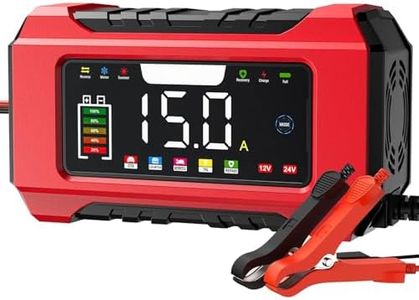We Use CookiesWe use cookies to enhance the security, performance,
functionality and for analytical and promotional activities. By continuing to browse this site you
are agreeing to our privacy policy
10 Best Onboard Marine Battery Chargers
From leading brands and best sellers available on the web.Buying Guide for the Best Onboard Marine Battery Chargers
Choosing the right onboard marine battery charger is essential for keeping your boat’s batteries healthy, prolonging their life, and ensuring your marine electronics and engine start reliably. Since boats often use their batteries for both starting engines and powering systems when anchored, it’s important to have a charger that meets the unique demands of marine use, including exposure to water, vibration, and periods of inactivity. When selecting a charger, consider the type and number of batteries you have, the environments you’ll face, and your boating habits. Understanding the main specifications will help you identify a charger that’s safe, reliable, and suited to your needs.Number of BanksThe number of banks refers to how many separate batteries the charger can charge at the same time. This is important because many boats have more than one battery—for example, separate batteries for starting the engine and running electronics. If you only have one battery, a single-bank charger is sufficient. For boats with 2 or 3 batteries, choose a charger with a bank for each battery, as this will allow you to charge and maintain them all at once, ensuring balanced performance and convenience.
Charging Amperage (Output per Bank)Charging amperage measures how much current the charger delivers to each battery bank. A higher amperage means faster charging. Smaller batteries or those that aren’t deeply discharged need lower amperage (around 5–10 amps per bank). Boats with large batteries or that experience heavy usage may need chargers with higher amperage (10–15 amps or more per bank) for faster turnaround and efficient charging. Pick a charger where the amperage matches your battery size and how quickly you need them recharged—regular overnight charging needs less, while frequent deep discharges, such as those for trolling motors, may require more.
Battery Compatibility (Type Supported)Different marine batteries (such as Flooded Lead-Acid, AGM, Gel, or Lithium) have different charging requirements. This compatibility is important because using the wrong charger can damage your battery or reduce its lifespan. Check what type(s) your batteries are and ensure the charger explicitly supports those types. Some chargers are adjustable and work with all types, while others may be specific. Pick a charger that works with the battery type you own or plan to buy, and look for models that allow easy setting changes if you might switch battery types in the future.
Waterproof and Corrosion ResistanceBeing installed inside a boat, the charger will often be exposed to moisture, humidity, and possibly saltwater spray. Waterproofing and corrosion resistance are crucial to prevent failure and ensure safety. Chargers are usually rated for their ingress protection (look for words like 'waterproof', 'IP65', or higher) and use corrosion-resistant materials. If your charger will be in a very wet or saltwater environment, seek out higher water resistance ratings. If your boat is used in freshwater only and the charger is well sheltered, you may not need the highest protection.
Safety FeaturesSafety features like overcharge protection, short-circuit protection, reverse polarity warning, and temperature compensation are important for worry-free operation and battery longevity. Overcharge protection prevents damage from charging too long, reverse polarity protects the system if you connect the cables incorrectly, and temperature compensation adjusts charging based on outside temperature. Pick a charger with as many of these features as possible, especially if you’ll be leaving it unattended for long periods or if you want to maximize battery lifespan.
Mounting Size and Installation EaseThe charger’s size and shape determine how and where you can install it onboard. Since space is often tight on boats, it’s important to choose a charger that will fit easily where you need it and has clear installation instructions. Some models are compact and fit into smaller spaces, while others require more room. Consider the area you have available before making your choice and pick a model you can mount securely and access for wiring and maintenance.
